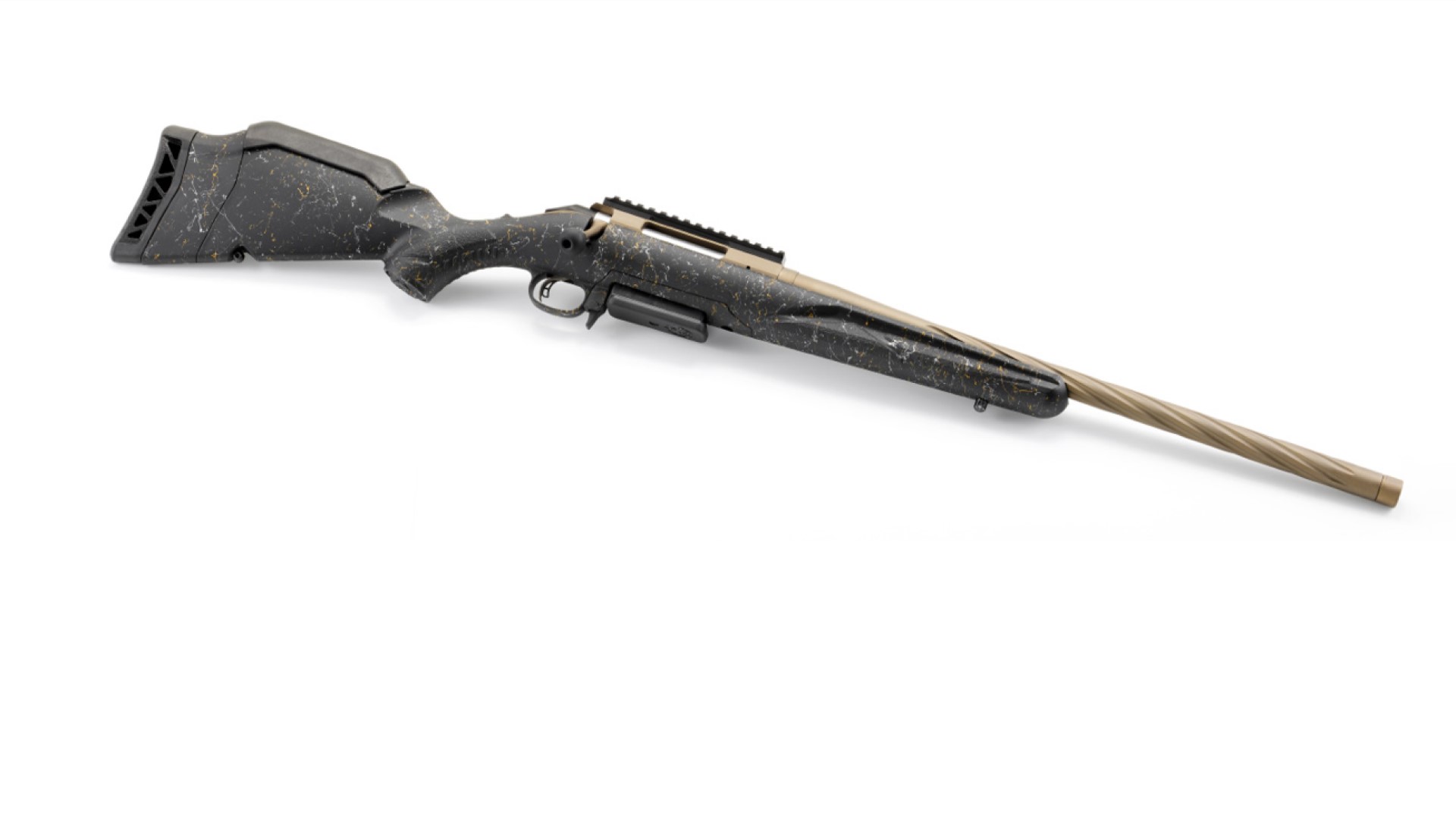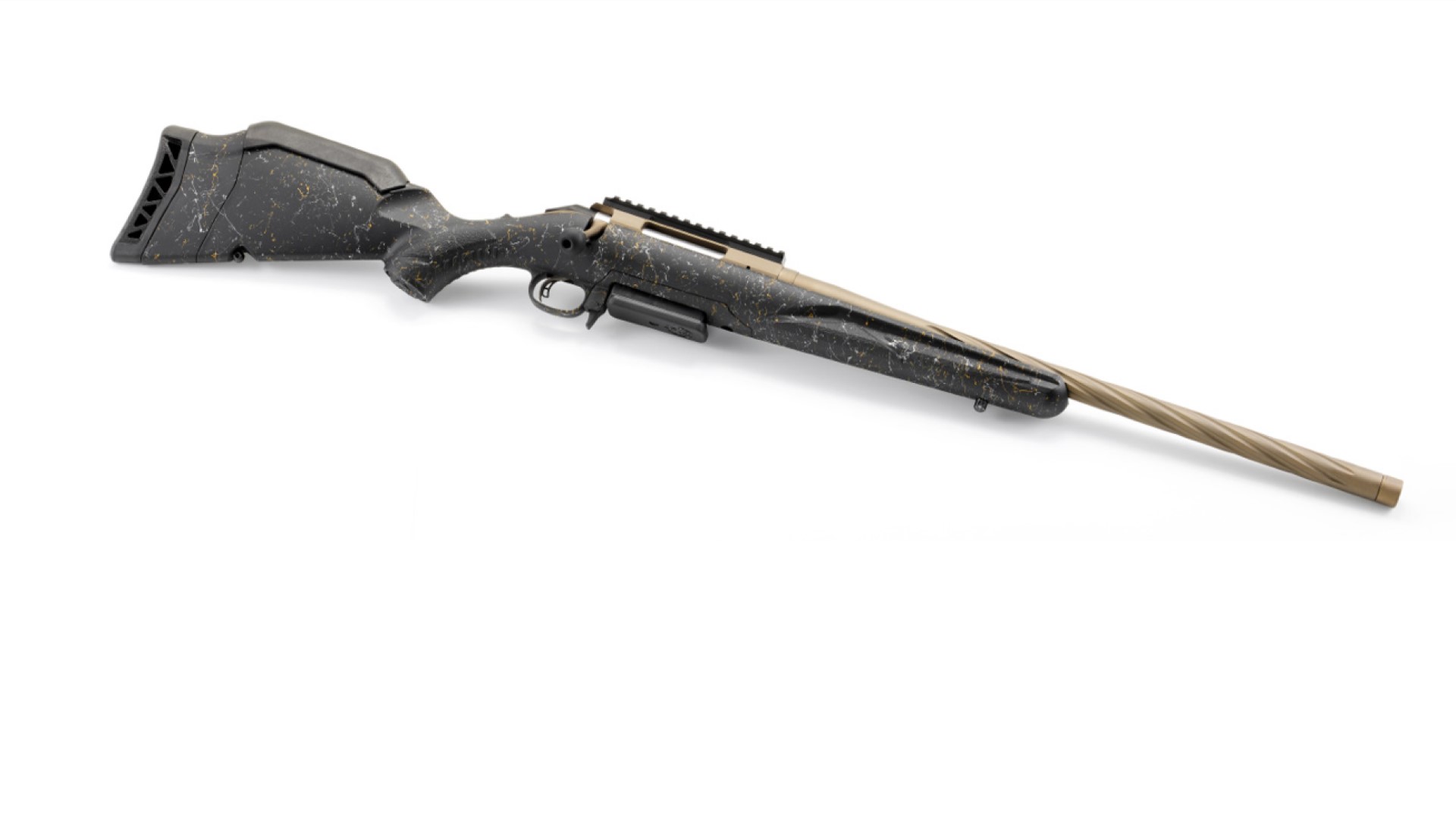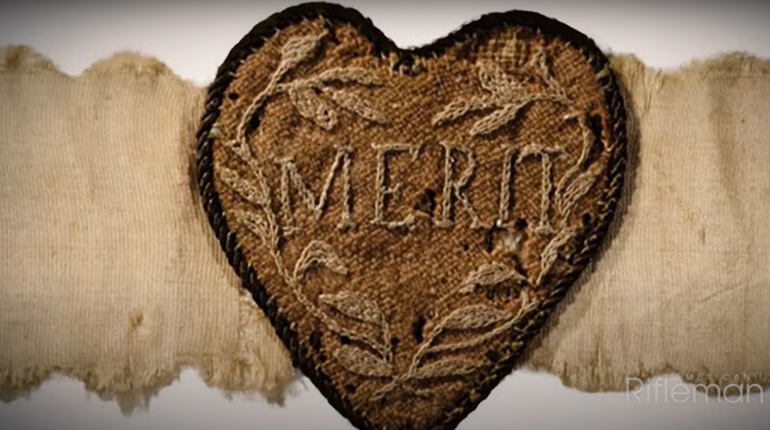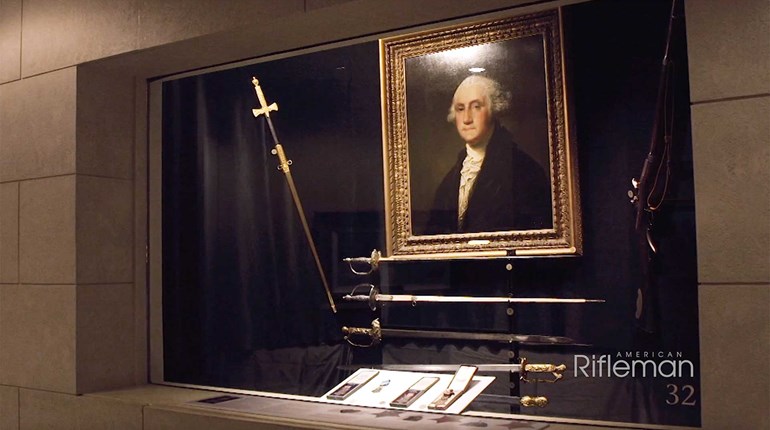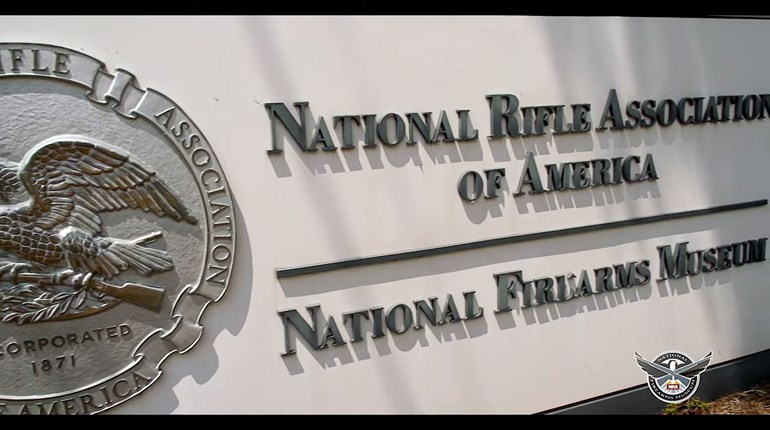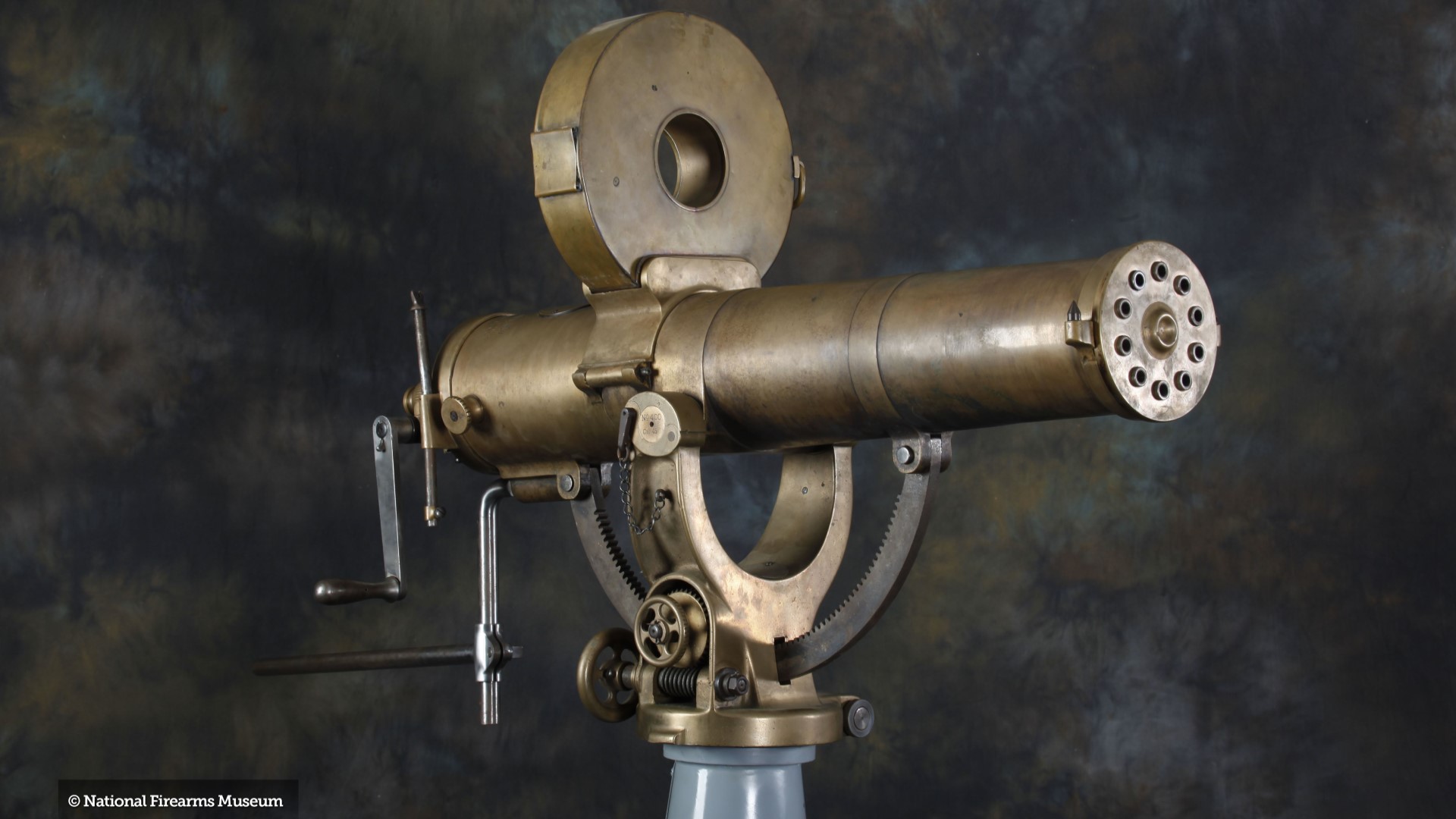
Rust. It’s the bane of every safe queen’s existence. Rust will eat away at the metals of firearms causing discoloration and even pits in what should be a solid surface. It is the union of moisture and oxygen on a metal surface which produces oxidation that causes rust on firearms. However, if moisture is the nuisance that spawns rust, then the lack of moisture creates problematic cracks in wood stocks and grips. What a dilemma!
According to our senior curators at NRA’s National Firearms Museum, the ideal temperature for storing healthy, happy firearms is 70 degrees with 50 to 55 percent relative humidity. A dedicated air handler controls the temperature and humidity of the NRA Museum and vaults. Museum staff monitor and record the temperature and humidity with a fairly expensive hygrometer three times daily. The museum invests lots of time, energy and finances to ensure the perfect conditions for firearms.
How do we, as average firearm enthusiasts, achieve the Goldilocks balance of humidity and temperature in our home safe without breaking the bank? I sought answers from several museum staffers and reveal tricks of the trade below.
Tip 1: Track the moisture and temperature levels in the safe once daily for a year.
The goal is to keep the temperature constant year-round to prevent expansion and contraction of wood stocks and grips. We also want to prevent sudden changes in temperature because it can create condensation leading to rust. I use this Honeywell indoor thermo-hygrometer available from Amazon for $30 to monitor the temperature and humidity in the NRA Publications vault.
Tip 2: Use a dehumidifier to mitigate high humidity.
Mitigate high humidity levels with a Golden Rod, available at Brownells for a little more than $30 depending on what length suits the safe’s dimensions. While silica gel, desiccant and even carpet absorb moisture, they don’t wick moisture very well and can create more problems than they solve, so are best avoided.
Tip 3: Coat firearms in a thin layer of wax.
There are many brands on the market but museum staff swear by Renaissance Wax. This non-abrasive wax can be used on all materials to include wood, steel, aluminum, leather, pearl and ivory. Take care to disassemble and clean the firearm, removing all sweat, grease and debris. Then cover the action and external parts in a thin coat of the wax. Renaissance Wax is available from Amazon for $25 and will protect firearms from rust, but also from cracks due to low humidity.
Tip 4: Wear white gloves when handling stored firearms.
Gloves will prevent the transfer of oils from skin to the firearm. Wearing white gloves allows the firearm to communicate if it has been properly cleaned or not. A firearm that is dirty, rusty or oily will leave its complaint visibly on the glove. Purchase a 12-pack of white gloves designed for this purpose from Amazon for just $10.
Tip 5: Position the safe on an interior wall.
The home serves as an insular thermos for the safe. By positioning the safe on an interior wall, safe temperature will be less influenced by outside temperature changes than if it were positioned on an exterior wall. Avoid storing firearms in attics, garages and vehicle trunks as the shift in temperature and humidity in those areas can be volatile.
Tip 6: The penance for neglect is elbow grease.
Heed these tips or run the risk of firearms showing signs of rust. If rust is visible, address the issue immediately. Disassemble and clean the firearm. Use nylon cleaning brushes or even bronze wool saturated in gun cleaning solution and begin the arduous process of scrubbing the rust away. (Be sure to wear eye protection and gloves!) Then recoat the firearm in wax and reread these tips.
Protecting firearms from rust is a worthwhile investment and is attainable reasonably for about $100. How do you keep your firearms healthy and happy? Let us know in the comments below.











